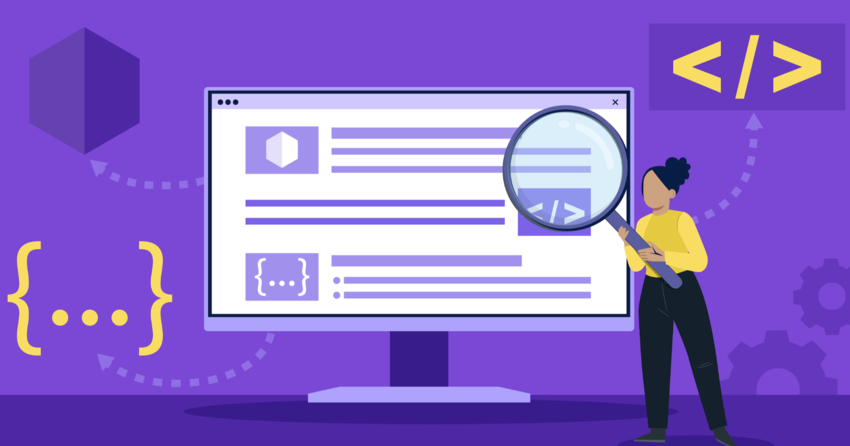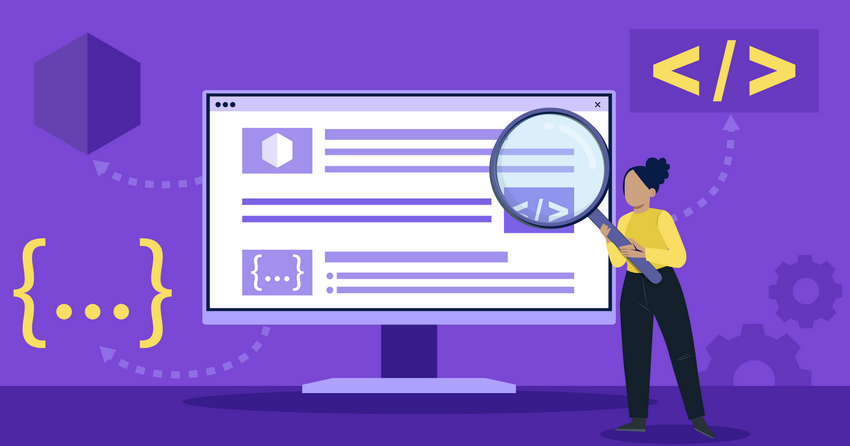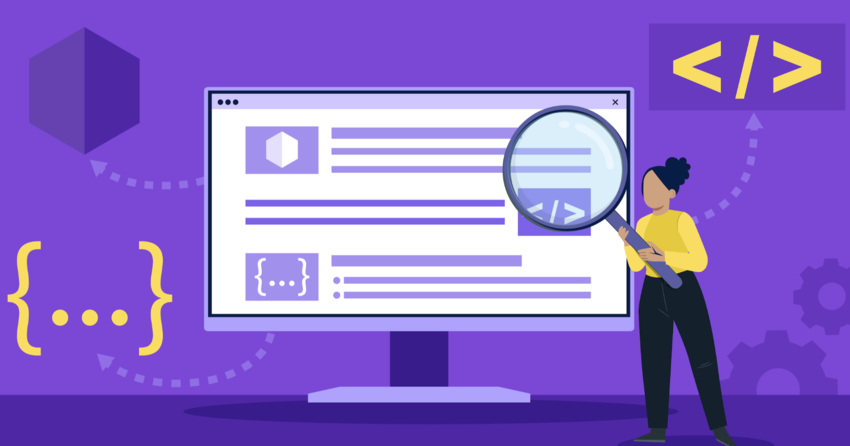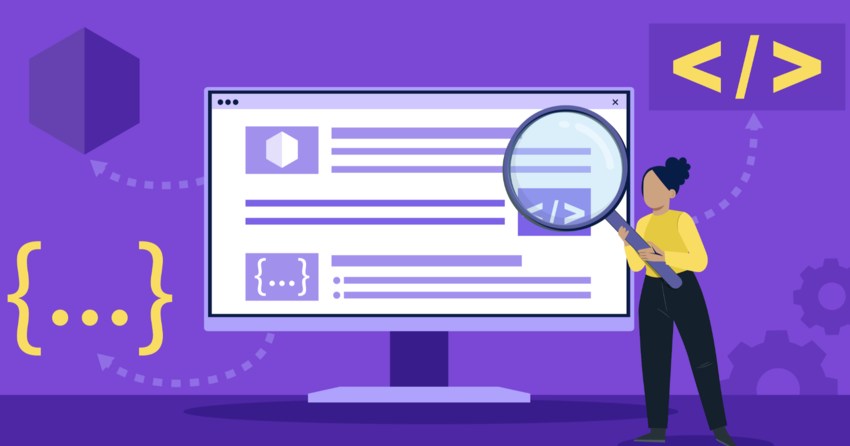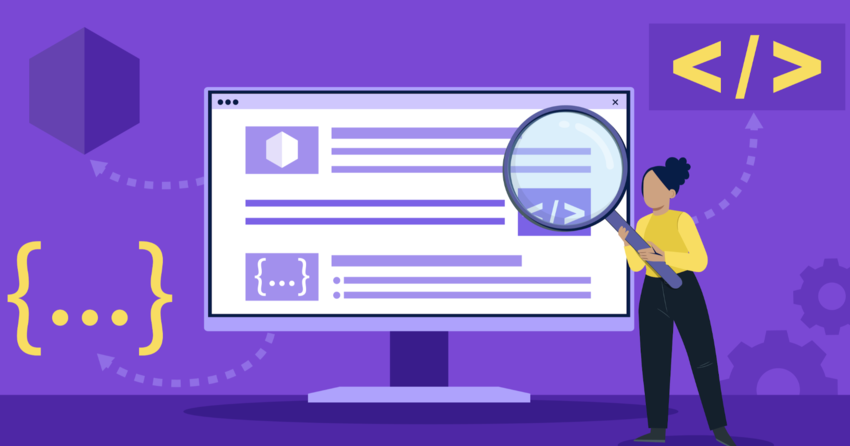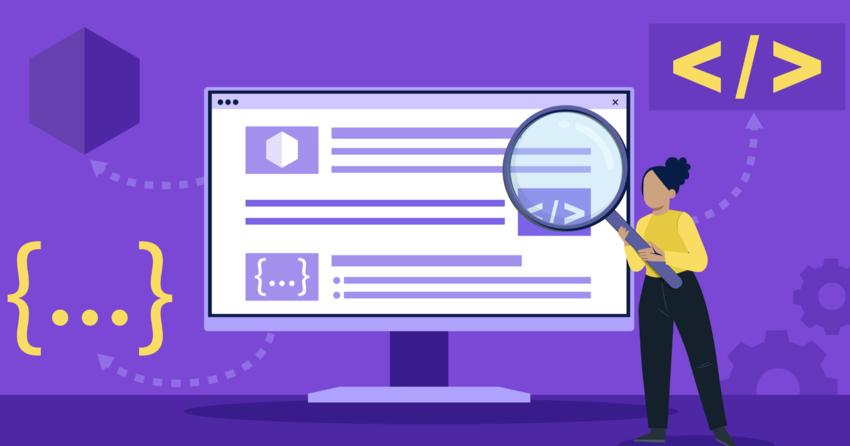Inside this Article
Definition of CAC
CAC represents the sum of all costs associated with convincing a prospect to become a paying customer. The calculation is about determining how much money you need to spend on average to gain a single new customer. This includes marketing and sales expenses, such as advertising costs, salaries, commissions, and any other direct costs tied to acquiring new customers. Understanding CAC is vital for any business because it directly impacts profitability and sustainability.How Does CAC Work?
CAC calculation involves a straightforward formula, but understanding what to include in the calculation is key. Primarily, you add up all the expenses involved in acquiring customers over a specific period, then divide that total by the number of customers acquired during that same period. This gives you the average cost to acquire one customer. Here’s a step-by-step breakdown of how it works:- Determine the Period: Select a timeframe, such as a month, quarter, or year. This period should align with your reporting cycle and marketing campaign timelines.
- Identify All Acquisition Costs: List all expenses related to acquiring customers during the selected period. This includes marketing spend, sales salaries, advertising costs, and any other relevant costs.
- Sum Up the Costs: Add all the identified costs together to get the total acquisition cost.
- Count New Customers: Determine the number of new customers acquired during the same period.
- Apply the Formula: Divide the total acquisition cost by the number of new customers. The result is your CAC.
Simple Method
The simplest method for calculating CAC involves using a basic formula that considers only the essential marketing costs. This method provides a quick and easy way to estimate acquisition costs without diving into granular details. It’s particularly useful for small businesses or startups that might not have the resources to track every single expense. CAC = MCC / CA Where:- MCC = Total marketing campaign costs related to acquisition
- CA = Total customers acquired
Complex Method
A more complex method for calculating CAC includes a broader range of expenses, providing a more accurate and comprehensive view of acquisition costs. This approach considers not only marketing costs but also sales salaries, software expenses, professional services, and overhead. This method is valuable for larger organizations that need a detailed understanding of where their money is going and how it impacts customer acquisition. CAC = (MCC + W + S + PS + O) / CA Where:- MCC = Total marketing campaign costs related to acquisition
- W = Wages associated with marketing and sales
- S = The cost of all marketing and sales software
- PS = Any additional professional services (e.g., consultants) used in marketing/sales
- O = Overhead
- CA = Total customers acquired
What is a Good CAC?
Defining a “good” CAC isn’t straightforward because it varies significantly across industries, business models, and stages of growth. Broadly, a good CAC is one that is sustainable and allows you to generate a profit from each customer over their lifetime with your company.CAC to Customer Lifetime Value (CLTV) Ratio
One common benchmark is the ratio of CAC to Customer Lifetime Value (CLTV). This ratio compares the cost of acquiring a customer to the total revenue that customer is expected to generate throughout their relationship with your business. For example, many experts recommend a CLTV to CAC ratio of 3:1 or higher, indicating that the value a customer brings is three times greater than the cost of acquiring them.Industry Benchmarks
Certain industries naturally have higher or lower CACs due to varying sales cycles, customer values, and competitive landscapes. Especially, industries with high customer lifetime values, such as SaaS or financial services, may justify higher CACs compared to industries with lower customer values, like e-commerce or retail.Business Model and Stage
The ideal CAC also depends on your business model and stage of growth. Startups often have higher CACs in their early stages as they invest in building brand awareness and refining their marketing strategies. Over time, as marketing efforts become more efficient and brand recognition grows, CAC should decrease. Subscription-based businesses may accept higher CACs upfront, knowing they’ll recoup the investment through recurring revenue. A “good” CAC is relative and should be evaluated in the context of your specific business and industry. Continuously, monitoring and optimizing CAC in relation to CLTV and other key metrics is vital for ensuring profitability and sustainable growth.How Do Marketers Use CAC Data?
CAC data is an invaluable tool for marketers, providing insights that inform strategic decision-making and optimize marketing efforts. Understanding CAC allows marketers to allocate their budgets more effectively, assess campaign performance, refine pricing strategies, and identify high-value channels. Let’s delve into these applications in more detail.Budget Allocation
Knowing your CAC helps you allocate your marketing budget wisely. By comparing CAC across different channels, you can identify which channels are delivering the most customers at the lowest cost. For instance, if social media ads have a lower CAC than search engine marketing, you might shift more of your budget to social media to maximize customer acquisition.Performance Assessment
CAC serves as a key performance indicator (KPI) for evaluating the effectiveness of your marketing campaigns. Tracking CAC over time allows you to see whether your campaigns are becoming more or less efficient. Analyzing, if CAC is rising, it may indicate that your campaigns need optimization or that you’re targeting the wrong audience.Pricing Strategies
Understanding CAC is essential for setting competitive prices for your products or services. Basically, you need to ensure that your pricing allows you to recoup your acquisition costs and generate a profit. For instance, if your CAC is $50 and you’re selling a product for $60, you might need to re-evaluate your pricing or find ways to reduce your acquisition costs.Identifying High-Value Channels
Finally, CAC data enables you to identify which marketing channels are bringing in customers with higher lifetime values. Intuitively, if customers acquired through email marketing tend to spend more over time than those acquired through social media, you might focus more on email marketing to attract high-value customers.How to Reduce the Cost of Customer Acquisition?
Minimizing CAC is a key objective for most businesses, as it directly impacts profitability and growth. Luckily, several effective strategies can help reduce the cost of customer acquisition. You can explore targeted marketing, optimize your conversion funnel, implement referral programs, and conduct A/B testing.Targeted Marketing
Targeted marketing involves focusing your efforts on reaching the audience most likely to convert into customers. Specifically, this means understanding your ideal customer profile and tailoring your marketing campaigns to address their specific needs and pain points. Through these, you can reduce wasteful spending on broad, untargeted campaigns and increase the efficiency of your marketing spend.Segmentation
Segmenting your audience allows you to create highly relevant and personalized marketing messages. Knowing that, you can divide your target audience into specific groups based on demographics, behavior, interests, and preferences. This enables you to tailor your messaging to resonate with each group, increasing the likelihood of conversions.Lookalike Audiences
Lookalike audiences enable you to reach new potential customers who share similar characteristics with your existing customer base. Platforms like Facebook and Google allow you to create lookalike audiences based on your customer data. By doing this, you can expand your reach to individuals who are more likely to be interested in your products or services.Optimize Conversion Funnel
Analyzing and optimizing your conversion funnel can significantly improve your customer acquisition efficiency. Primarily, the conversion funnel represents the steps a potential customer takes from initial awareness to making a purchase. Streamlining this journey and removing any friction points can increase conversion rates and lower your CAC.Identify Pain Points
You need to carefully analyze each step of your conversion funnel to identify areas where potential customers might be dropping off or losing interest. Specifically, this could include issues with your website design, confusing checkout processes, or ineffective calls to action. Addressing these pain points can lead to a more seamless and efficient conversion process.Improve Website UX
A user-friendly and intuitive website can greatly impact conversion rates. So, optimize your website for speed, mobile-friendliness, and clear calls to action. Keeping visitors engaged and encouraging them to take the desired actions will give you an advantage.Implement Retargeting
Retargeting involves displaying targeted ads to visitors who have previously interacted with your website but didn’t convert. In short, this reminds them of your offerings and encourages them to return and complete a purchase. Retargeting can be particularly effective for re-engaging potential customers who were close to converting.Referral Programs
Implementing customer referral programs to leverage your satisfied customers as brand advocates is always a good idea. Word-of-mouth marketing can be a powerful and cost-effective way to acquire new customers.Incentivize Referrals
In short, offer attractive rewards or discounts to both the referrer and the referred customer. This incentive creates a win-win situation. Correspondingly, it motivates existing customers to refer their friends and family while enticing new customers to make a purchase.Personalized Referral Links
Provide customers with personalized referral links that they can easily share on social media or via email. Monitoring these links helps you measure the success of your referral program. Identifying your most influential advocates is also essential.A/B Testing
A/B testing involves comparing two versions of a marketing asset to see which one performs better. This can include testing different ad copy, landing pages, calls to action, and email subject lines. Consistently, the goal is to identify what resonates best with your audience and generates the most cost-efficient results.Landing Pages
Test different landing page designs, copy variations, and CTAs to determine which combinations result in higher conversion rates. Notably, A/B testing helps you refine your landing pages for better performance.Ad Copy and Creatives
With attention to detail, experiment with different ad copy, visuals, and formats to identify the most effective combinations. Furthermore, iterative testing allows you to allocate your budget to the best-performing ads. Optimizing your CAC is an important task for your business.What is CAC Payback Period?
CAC Payback Period represents the amount of time it takes for a business to recoup the cost of acquiring a new customer through the revenue that customer generates. As a critical metric, it helps businesses understand the efficiency of their customer acquisition efforts.Calculating CAC Payback Period
You can calculate the CAC Payback Period using the following formula: CAC Payback Period = CAC / (Average Revenue per Customer per Period) You divide the Customer Acquisition Cost by the average revenue generated by each customer within a specific period (e.g., monthly or annually). This calculates how long it takes, in terms of those periods, to earn back the initial investment in acquiring that customer.Importance of CAC Payback Period
Having a clear understanding of the CAC Payback Period is vital for several reasons:- Cash Flow Management: It helps businesses understand how quickly they can recover their acquisition costs. A shorter payback period means quicker access to funds for reinvestment and growth.
- Profitability Assessment: Provides insights into the long-term profitability of customer acquisition. A payback period that is too long may indicate that acquisition costs are too high or customer revenue is too low.
- Investment Decisions: Informs decisions related to marketing and sales strategies. If the payback period is longer than desired, businesses may need to adjust their approach to improve efficiency.
- Investor Relations: Helps demonstrate the financial viability of the business to investors. A healthy CAC Payback Period can instill confidence in the business’s growth potential.
Benchmarks for CAC Payback Period
The ideal CAC Payback Period varies by industry and business model. However, a general rule of thumb is that businesses should aim to recover their CAC within 12 months. For subscription-based businesses, a payback period of less than 12 months is often considered a sign of efficient and sustainable customer acquisition. Carefully monitoring and managing the CAC Payback Period is essential for ensuring the financial health and long-term success of any business. If your payback period exceeds your targets, it may be necessary to reassess your acquisition strategies and look for ways to lower costs or increase customer revenue.Blended CAC vs Paid CAC
CAC can be evaluated in a few different ways. It’s important to know which metrics you are looking at to determine what kind of data you can get. Mainly, we will discuss Blended CAC and Paid CAC.Blended CAC
You can define Blended CAC as the average cost of acquiring a new customer across all marketing and sales channels, including both paid and organic efforts. Basically, it provides a high-level view of overall customer acquisition efficiency, considering all acquisition-related expenses and new customers acquired.Calculation
When calculating Blended CAC, you would follow this formula: Blended CAC = Total Acquisition Costs (Across All Channels) / Total Number of New Customers AcquiredBenefits
Blended CAC offers several benefits:- Holistic View: Provides a comprehensive understanding of overall customer acquisition costs.
- Simplicity: Easy to calculate and track, making it suitable for businesses of all sizes.
- Benchmarking: Useful for comparing overall acquisition efficiency over time and against industry benchmarks.
Limitations
Blended CAC also has its limitations:- Lack of Granularity: Doesn’t provide insights into the performance of individual marketing channels.
- Masking Inefficiencies: Can hide inefficiencies in specific channels if overall acquisition costs appear reasonable.
- Misleading Insights: May lead to suboptimal resource allocation decisions if used in isolation.
Paid CAC
You can define Paid CAC as the cost of acquiring a new customer through paid marketing channels, such as advertising, sponsored content, and paid social media campaigns. Meaning, it focuses specifically on the efficiency of paid acquisition efforts, excluding organic or unpaid channels.Calculation
To accurately calculate Paid CAC, you would follow this formula: Paid CAC = Total Paid Marketing Costs / Number of New Customers Acquired Through Paid ChannelsBenefits
Paid CAC offers several benefits:- Channel-Specific Insights: Provides granular insights into the performance of individual paid marketing channels.
- Optimization Opportunities: Helps identify which paid channels are most cost-effective, enabling optimization efforts.
- ROI Measurement: Facilitates accurate measurement of return on investment (ROI) for paid marketing campaigns.
Limitations
Paid CAC has its limitations:- Incomplete Picture: Doesn’t capture the full scope of customer acquisition costs, excluding organic channels.
- Attribution Challenges: Can be challenging to accurately attribute customers to specific paid channels due to attribution complexities.
- Overemphasis on Paid Efforts: May lead to underinvestment in organic channels if paid acquisition costs appear too high.




